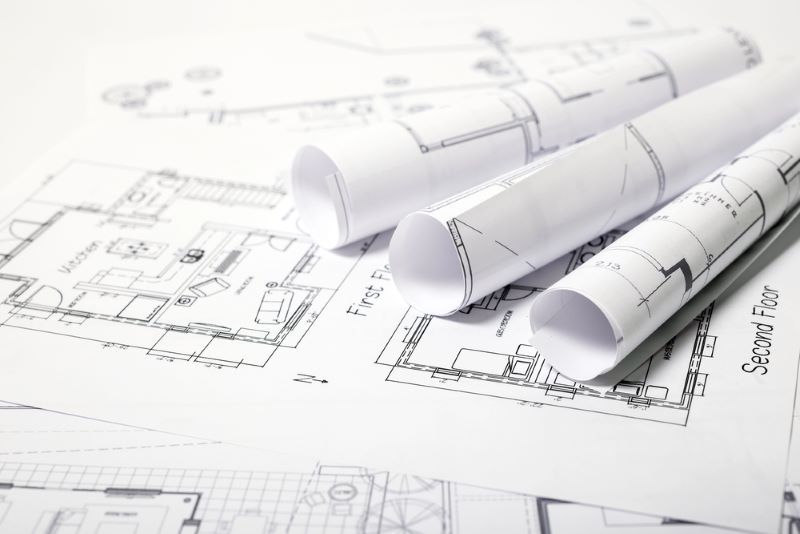Click here to get this post in PDF
In the world of construction, accurate cost estimation is paramount. Among the various elements that make up construction projects, concrete is one of the most fundamental. From foundations to structures, concrete plays a crucial role, and estimating its costs requires meticulous attention to detail. In this comprehensive guide, we delve into the intricacies of building connects, exploring the factors that influence costs and the methodologies used to derive accurate projections.
Understanding Concrete Estimates
Concrete estimates involve predicting the cost of materials, labor, equipment, and overhead associated with concrete-related activities within a construction project. These estimates are essential for budgeting, bidding, and project planning purposes. They provide stakeholders with a clear understanding of the financial implications of utilizing concrete in construction endeavors.
Factors Influencing Concrete Costs
Material Costs: The price of concrete varies depending on factors such as cement quality, aggregates used, additives, and transportation expenses. Additionally, market fluctuations and regional differences can impact material costs significantly.
Labor Costs: Labor costs encompass wages, benefits, and productivity rates of skilled workers involved in concrete placement, finishing, and curing. Labor expenses are influenced by factors like union agreements, prevailing wages, and project complexity.
Equipment Costs: Concrete construction often requires specialized equipment such as mixers, pumps, forms, and finishing tools. Equipment costs include ownership expenses (e.g., depreciation, insurance) and operating expenses (e.g., fuel, maintenance).
Project Size and Scope: The scale and complexity of the project directly affect concrete costs. Larger projects may benefit from economies of scale, while intricate designs or remote locations can increase expenses due to logistical challenges.
Site Conditions: Site-specific factors like accessibility, terrain, climate, and local regulations impact concrete costs. Adverse conditions may necessitate additional measures such as site preparation, reinforcement, or environmental controls.
Timeline and Scheduling: Project timelines influence concrete costs through factors like overtime labor, expedited material delivery, and acceleration expenses. Delays or disruptions can also incur costs due to idle equipment or labor inefficiencies.
Quality Requirements: Specifications for concrete strength, durability, and finish affect material selection, testing, and quality control measures. Higher quality standards typically entail increased costs for materials, testing, and skilled labor.
Methodologies for Concrete Estimation
Quantity Takeoff: The quantity takeoff process involves quantifying the volume of concrete needed for various components of the project, such as footings, slabs, walls, and columns. This requires detailed measurements from construction drawings or digital models.
Unit Cost Estimation: Unit cost estimation involves assigning costs per unit of concrete material, labor, and equipment based on historical data, vendor quotes, or industry benchmarks. These unit costs are multiplied by the corresponding quantities to derive total cost projections.
Parametric Estimation: Parametric estimation utilizes mathematical models to predict concrete costs based on project parameters such as area, volume, or weight. These models leverage historical data and regression analysis to generate cost commercial-estimating quickly.
Vendor Quotes and Market Analysis: Soliciting quotes from suppliers, subcontractors, and equipment rental companies provides real-time pricing information for concrete materials and services. Market analysis helps assess price trends and identify cost-saving opportunities.
Cost Indices and Inflation Factors: Cost indices and inflation factors adjust historical cost data to account for changes in market conditions over time. These adjustments ensure that estimates reflect current market dynamics and economic trends.
Best Practices for Accurate Concrete Estimates
Thorough Planning and Documentation: Begin with comprehensive project planning and documentation to identify all concrete-related activities and requirements. Clear specifications and drawings facilitate accurate quantity takeoffs and cost assessments.
Collaboration and Expert Input: Collaborate with architects, engineers, contractors, and suppliers to gather input on design alternatives, material selections, and construction methods that optimize cost efficiency without compromising quality or safety.
Continuous Cost Monitoring and Tracking: Implement systems for tracking and monitoring concrete costs throughout the project lifecycle. Regularly update estimates to reflect changes in scope, specifications, or market conditions, and identify cost variances promptly.
Risk Assessment and Contingency Planning: Anticipate potential risks and uncertainties that may impact concrete costs, such as material shortages, labor disputes, or adverse weather conditions. Allocate contingency reserves to mitigate unforeseen expenses and schedule disruptions.
Value Engineering and Optimization: Explore value engineering opportunities to streamline construction processes, optimize material usage, and reduce waste without compromising structural integrity or performance. Evaluate alternative materials, construction methods, and design approaches to identify cost-saving innovations.
Conclusion
Mastering concrete estimates is a critical skill for concrete-estimates professionals seeking to deliver projects on time and within budget. By understanding the factors influencing concrete costs, employing appropriate estimation methodologies, and implementing best practices for accuracy and efficiency, stakeholders can navigate the complexities of concrete construction with confidence. With meticulous planning, collaboration, and continuous cost management, concrete estimates can serve as reliable roadmaps for successful project execution and financial stewardship in the construction industry.
You may also like:
Your Guide to Project Budgeting in 2026
What Is The Effect Of Maximum Aggregate Size On Concrete?
Image Source: DepositPhotos.com

